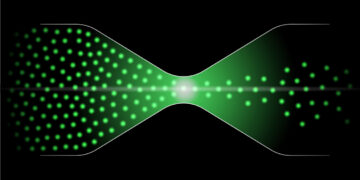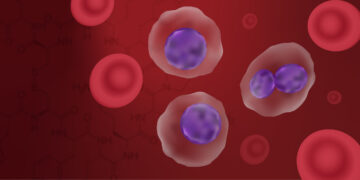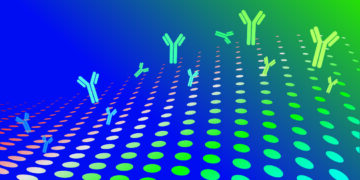
Vive la Différence: The Beauty of Diversity in Life, Life Science, and Flow Cytometry

Cytometry in Drug Discovery: An Introduction to Regulation, Standardization, and Productivity

10 Key Factors for Achieving Accurate Cell Counts: Tips, Tricks, and Myths

Faster PCR and Flow Cytometry Highlighted in Annual Lab Automation Roundup

Flow Cytometry and the Law of Bottlenecks

Rising from the Ashes: The History of the 488 nm Laser

Developing Biotherapeutics for Lung Cancer Treatment

Efficacy of a Novel Treatment for Multiple Myeloma Established by Flow Cytometry

In-Cell Western: A Versatile Tool for Quantitative Analysis of Protein Expression In-Situ


